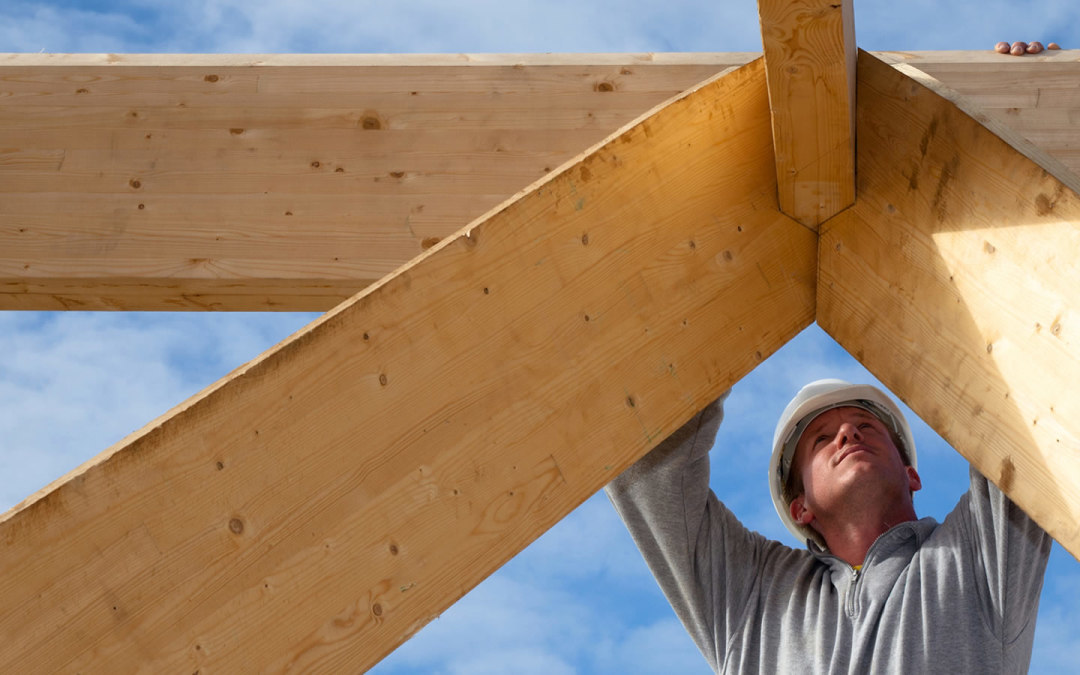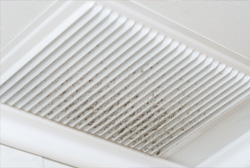
Value Engineering
Value engineering is defined as an analysis of the functions of a program or project, directed at improving performance, reliability, quality, safety, and life cycle costs. (more…)

Value engineering is defined as an analysis of the functions of a program or project, directed at improving performance, reliability, quality, safety, and life cycle costs. (more…)
Pre-qualified home plans are blueprints designed to earn the ENERGY STAR® name, and incorporate energy-efficient practices and  specifications to meet the rigorous ENERGY STAR guidelines set by the EPA.
specifications to meet the rigorous ENERGY STAR guidelines set by the EPA.
To qualify, a plan is independently reviewed and verified by a team of professionals, an architect or engineer and a HERS rater, to include energy-saving features and construction practices that will result in a home that is at least 20–30 percent more energy efficient than a standard home. (more…)
 Most of us spend much of our time indoors. The air that we breathe in our homes, in schools, and in offices and other buildings can put us at risk for health problems. Indoor pollution sources that release gases or particles into the air are the primary cause of indoor air quality (IAQ) problems in buildings. Air pollutants can be emitted from office equipment, furniture, carpeting, common chemicals like cleaning supplies and pesticides, and gases from fireplaces, stoves, and furnaces. Other indoor air problems can come from living organisms like mold, pet dander, and dust mites. High temperature and humidity levels can increase concentrations of some pollutants. (more…)
Most of us spend much of our time indoors. The air that we breathe in our homes, in schools, and in offices and other buildings can put us at risk for health problems. Indoor pollution sources that release gases or particles into the air are the primary cause of indoor air quality (IAQ) problems in buildings. Air pollutants can be emitted from office equipment, furniture, carpeting, common chemicals like cleaning supplies and pesticides, and gases from fireplaces, stoves, and furnaces. Other indoor air problems can come from living organisms like mold, pet dander, and dust mites. High temperature and humidity levels can increase concentrations of some pollutants. (more…)
IECC 2009: Did you know that the new International Energy Conservation Code® (IECC 2009) requires increased inspections and testing for energy efficiency for all new construction?
The Department of Energy (DOE) is committed to moving to net zero energy homes by 2020. The first major step toward those goals is embodied in the 2009 IECC, which by various estimates is 12% to 15% more energy efficient than its 2006 predecessor. (more…)
Part of the reason we head indoors is to shelter us from nature. Unfortunately, nature sometimes finds its way inside our homes in the form of contaminants – negatively affecting our air quality and posing a danger to our health in the form of these common contaminants.